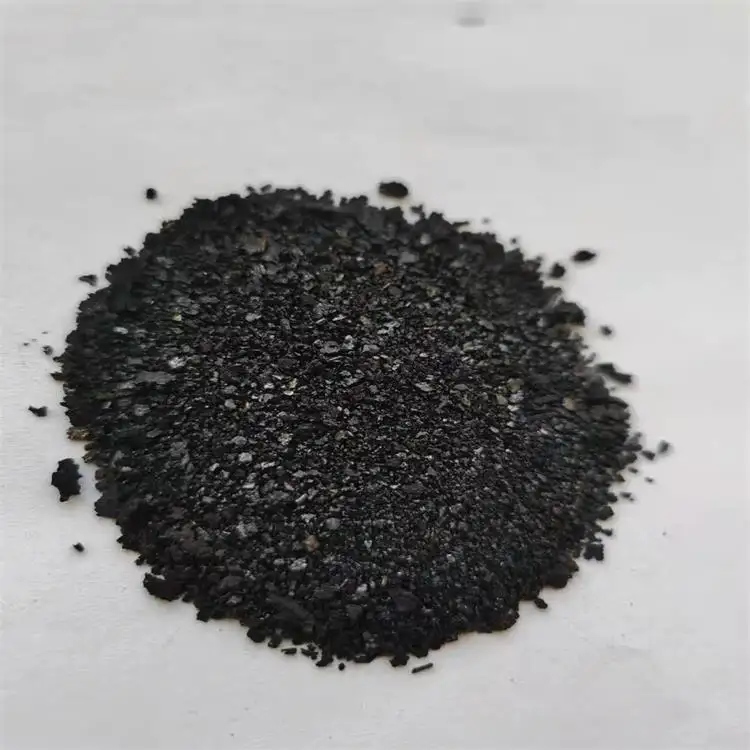indigo tie dye
The Art and Craft of Indigo Tie Dye
Indigo tie dye is a vibrant and storied textile art that has captured the hearts and minds of makers and fashion enthusiasts alike for centuries. This ancient technique, which involves the intricate process of tying, folding, and dyeing fabric using indigo, has roots that can be traced back to various cultures around the world, from Africa and Asia to the Americas. The allure of indigo tie dye lies not only in its breathtaking patterns but also in the rich symbolism and history it embodies.
The practice of tie dye dates back thousands of years, with evidence found in cultures such as the Yoruba people of Nigeria, who have been practicing indigo dyeing since ancient times. In Japan, the traditional technique known as shibori showcases the artistry involved in this craft, where fabric is meticulously bound and twisted before being immersed in indigo dye to create stunning and unique designs. Each piece becomes a one-of-a-kind creation, a testament to the skill and creativity of the artist.
Indigo itself is a natural dye derived from the indigo plant, a process that has been refined over generations. The deep blue pigment it produces is unparalleled, lending a sense of depth and richness to textiles. The dyeing process is both an art and a science; it involves fermenting the indigo leaves to create a dye bath that is both potent and transformative. The moment fabric is exposed to the dye, a magical transformation occurs—the pale fabric emerges in shades of vibrant blue, the result of a painstaking process that often requires multiple dips to achieve the desired hue.
indigo tie dye

The beauty of indigo tie dye lies in its versatility
. It can be used on various types of fabric, from cotton to silk, allowing for an array of applications in fashion, home decor, and artisan textiles. The technique can yield patterns ranging from simple spots to elaborate geometric designs, enhancing the fabric's aesthetic while providing an organic, handmade quality that mass-produced textiles simply cannot replicate.Beyond its visual appeal, indigo tie dye carries cultural significance. In many traditions, the color blue symbolizes protection, spirituality, and healing. Wearing indigo-dyed garments has historically been believed to ward off evil spirits and bring good fortune. This connection to cultural heritage adds an emotional depth to the pieces, transforming them from mere fashion items to tokens of history and community.
Today, the resurgence of interest in sustainable fashion has further elevated the status of indigo tie dye. As consumers grow more conscious of their environmental impact, many artisans and designers are reinventing traditional practices to create eco-friendly clothing. Using natural indigo and sustainable methods, modern makers are breathing new life into this ancient craft, merging tradition with contemporary aesthetics.
The experience of creating indigo tie-dyed textiles is profoundly meditative. The process encourages creativity while fostering a deep connection with the materials and methods derived from centuries of tradition. Whether one is an experienced artisan or a curious newcomer, the journey of exploring indigo tie dye is both rewarding and fulfilling, with stunning results that are as unique as the individual behind them. As we embrace this rich heritage, the timeless art of indigo tie dye continues to flourish, inspiring future generations to explore and express their creativity through textile art.
-
The Timeless Art of Denim Indigo Dye
NewsJul.01,2025
-
The Rise of Sulfur Dyed Denim
NewsJul.01,2025
-
The Rich Revival of the Best Indigo Dye
NewsJul.01,2025
-
The Enduring Strength of Sulphur Black
NewsJul.01,2025
-
The Ancient Art of Chinese Indigo Dye
NewsJul.01,2025
-
Industry Power of Indigo
NewsJul.01,2025
-
Black Sulfur is Leading the Next Wave
NewsJul.01,2025

Sulphur Black
1.Name: sulphur black; Sulfur Black; Sulphur Black 1;
2.Structure formula:
3.Molecule formula: C6H4N2O5
4.CAS No.: 1326-82-5
5.HS code: 32041911
6.Product specification:Appearance:black phosphorus flakes; black liquid

Bromo Indigo; Vat Bromo-Indigo; C.I.Vat Blue 5
1.Name: Bromo indigo; Vat bromo-indigo; C.I.Vat blue 5;
2.Structure formula:
3.Molecule formula: C16H6Br4N2O2
4.CAS No.: 2475-31-2
5.HS code: 3204151000 6.Major usage and instruction: Be mainly used to dye cotton fabrics.

Indigo Blue Vat Blue
1.Name: indigo blue,vat blue 1,
2.Structure formula:
3.Molecule formula: C16H10N2O2
4.. CAS No.: 482-89-3
5.Molecule weight: 262.62
6.HS code: 3204151000
7.Major usage and instruction: Be mainly used to dye cotton fabrics.

